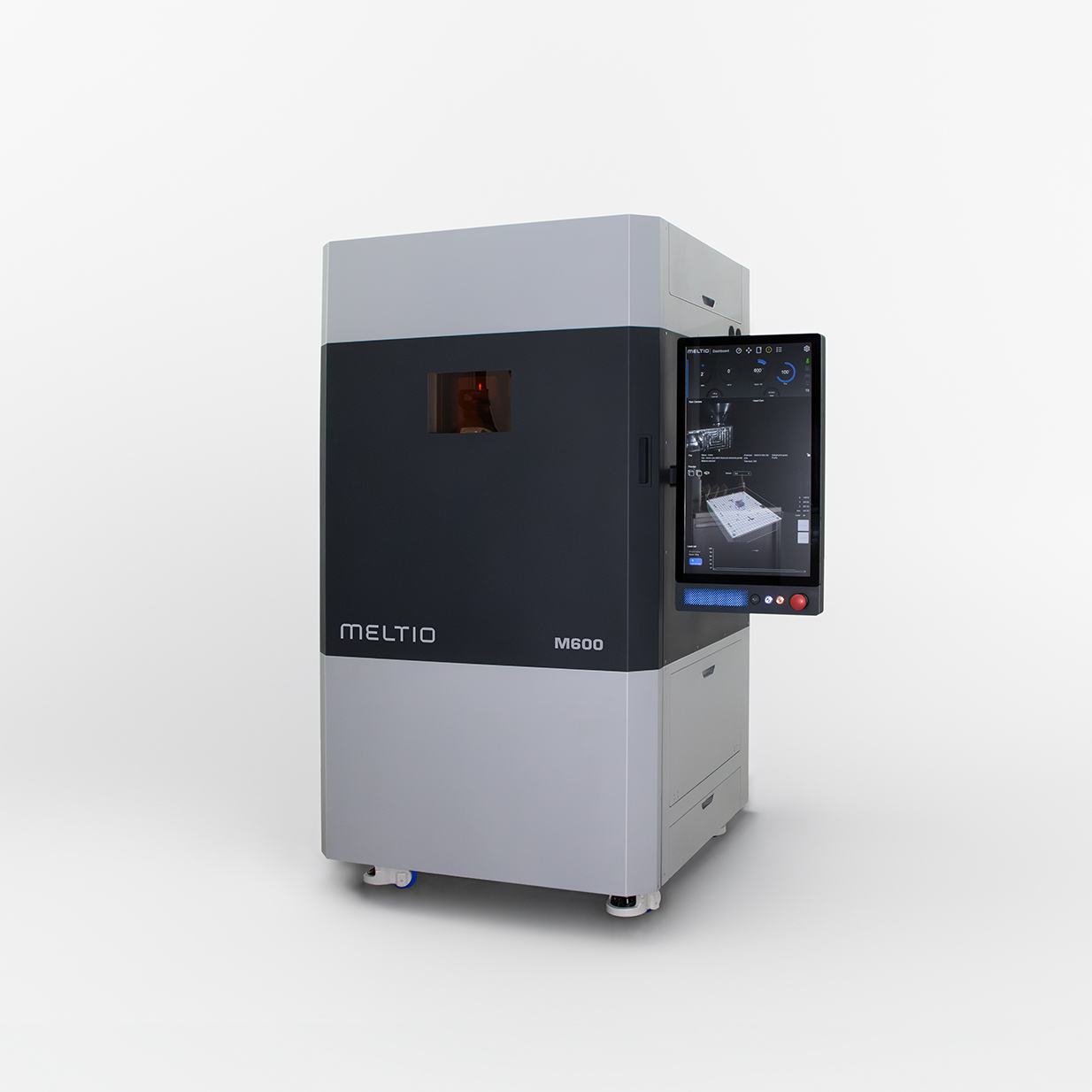Webinars
Explore all our webinars and discover all our possibilities!


Check our webinars
Keep up to date with our latest, webinars.
Keep up to date with our latest, webinars.
Daniel Hasic
3D Printing Specialist
ROEZ
We chose the Meltio M450 as our first choice because we can print a lot of materials directly from the package.
Testimonials
Metal 3D Printing Materials
Guide
Guide
Knowledge Base
Blue Lasers
for Laser Wire
Deposition
for Laser Wire
Deposition
Knowledge Base
Meltio
Applications
Catalog
Applications
Catalog
Knowledge Base
Daniel Hasic
3D Printing Specialist
ROEZ
We chose the Meltio M450 as our first choice because we can print a lot of materials directly from the package.
Testimonials
Metal 3D Printing Materials
Guide
Guide
Knowledge Base
Blue Lasers
for Laser Wire
Deposition
for Laser Wire
Deposition
Knowledge Base
Meltio
Applications
Catalog
Applications
Catalog
Knowledge Base
Not found application or sector?
Not found application or sector?
